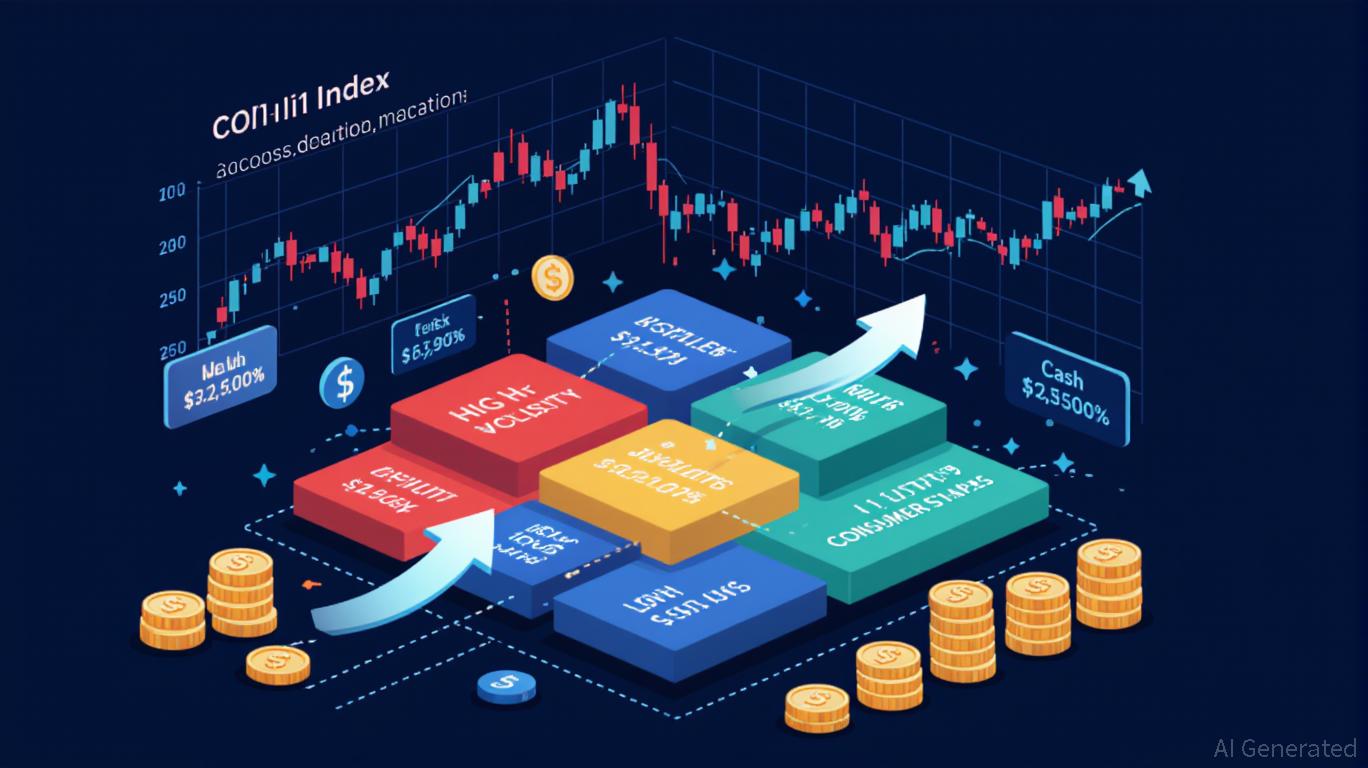Flare’s TVL Jumps 28% After FAssets Launch as XRP Flows In
Flare’s DeFi scene has suddenly started to feel less like a quiet experiment and more like a place where people are actually moving money. Since FAssets launched in September, the network’s total value locked has jumped noticeably. Sentora put it on X: “Since FAssets went live in September, Flare’s TVL is up ~28%. The big catalyst? XRP bridging into Flare Networks. FXRP caps keep getting hit in quick succession, a clear signal of growing demand for using XRP in DeFi.”
The chart of historical TVL tells the same story. After a long, steady climb through spring and summer, there’s a sharp uptick starting in September that continues into October. The timing is hard to ignore: FAssets goes live, people start bridging XRP, FXRP mint caps are repeatedly reached, and the TVL line jumps upward. It’s the kind of on-chain movement that’s easy to spot even if you don’t spend your days staring at dashboards.
Flare Attracts XRP Liquidity
Why it matters is simple. FXRP is what lets XRP be used inside Flare’s DeFi apps, lending, swapping, farming, the lot. When users bridge XRP and mint FXRP, that liquidity becomes active capital instead of sitting idle in a wallet. FAssets seems to have provided the plumbing to make that process smoother and more appealing, so more folks are willing to move their XRP into play. The immediate result is deeper liquidity for exchanges and more assets earning yield across Flare protocols, which shows up in the TVL totals.
That said, a spike isn’t the same thing as a lasting trend. There are two obvious questions now: is this an enduring shift toward real DeFi use on Flare, or is it a short-lived rotation of capital chasing opportunity? And can protocol teams keep up with demand, managing risk, adjusting caps and incentives, and making sure things remain secure as volume grows? How those issues are handled will determine whether this uptick becomes a steady runway or just a momentary blip.
For traders and yield hunters, the current environment is attractive: new ways to use XRP, fresh liquidity, and more places to test strategies. For Flare, it’s a vote of confidence, at least for now, that the network can draw capital when the right building blocks are in place. Watch the coming weeks: if FXRP minting keeps pace and activity stays elevated, the September rush may prove to be the start of a new chapter for Flare’s ecosystem. If not, it will still have shown how quickly tokenized bridges and asset-layer features can change the dynamics of a smaller DeFi network.
Disclaimer: The content of this article solely reflects the author's opinion and does not represent the platform in any capacity. This article is not intended to serve as a reference for making investment decisions.
You may also like
Ethereum News Update: Ethereum Drives Institutional Transformation with Amundi Tokenizing Major Fund
- Amundi tokenizes a money market fund on Ethereum , signaling institutional adoption of blockchain-based asset management. - Ethereum's upgrades like PeerDAS and Bhutan's $970k ETH staking highlight growing institutional trust in its infrastructure. - CoinShares' $250M Bitcoin Miners ETF and global digital ID initiatives underscore tokenization's role in modernizing finance. - Ethereum's $3,100 price resistance and technical indicators suggest potential for long-term resilience amid scaling improvements.

Hyperliquid News Today: Hyperliquid Adopts Tidewater’s Strategy to Streamline Crypto Risk Management
- Hyperliquid introduces automated downsizing to stabilize HYPE, which dropped 52% from its peak. - Strategy mirrors Tidewater Renewables' capacity management, balancing short-term volatility with long-term stability. - Hyperliquid Strategies DAT plans $300M HYPE buybacks to inject liquidity and institutional-grade risk frameworks. - Market faces $1.89B+ liquidation risks if Bitcoin/Ethereum surge, prompting automated buffers to prevent cascading sell-offs. - Approach reflects growing DeFi adoption of algo
The Unexpected COAI Price Decline: Key Lessons for Investors from the November 2025 Market Turbulence
- COAI Index's 88% November 2025 collapse stemmed from C3.ai governance failures, regulatory ambiguity, and panic-driven herd behavior. - Market psychology amplified losses as investors overreacted to AI sector risks, ignoring fundamentals and triggering liquidity crises. - Diversification, cash reserves, and AI-driven tools helped mitigate risks, emphasizing long-term strategies over speculative hype. - The crisis exposed dangers of overreliance on AI/DeFi narratives, urging disciplined, diversified portf

CME Suspension: Global Market Vulnerabilities Revealed by Thermodynamic Constraints
- CME Group halted Globex trading on Nov 28, 2025 due to CyrusOne cooling system failure in Chicago, freezing 90% of global derivatives markets. - The outage caused erratic price swings in gold/silver and disrupted EBS forex platforms, exposing vulnerabilities in third-party data center reliance. - Despite post-holiday timing softening immediate impact, the incident highlighted systemic risks from thermodynamic limits in AI-era infrastructure. - CME faces pressure to build redundant systems as it expands c

